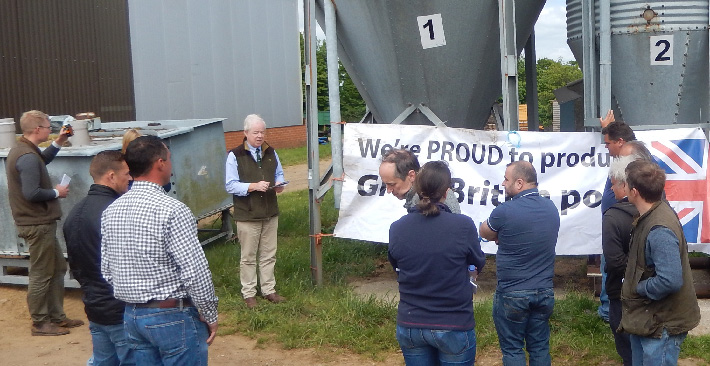Prices have continued at generally similar levels although the SPP nudged up a modest 0.28p to stand at 150.31p and most weekly contribution prices have remained at similar levels.
Fresh meat buyers said they had had another slightly fickle (I think that’s the word they used) week and although sausages are selling well, legs are harder to move with loins in modest demand and as a result spot bacon prices have generally been similar to the SPP.
Unfortunately, however, although German pig prices have remained at similar levels, cull sow values have slipped yet again losing another 3p this week, which meant that most culls were traded in the 62-66p range and are still far too low.
The value of the Euro has remained virtually unmoved trading on Friday worth 88.55p compared with 88.67p a week ago, so no help from the merchant bankers once again.
Weaner demand continues to be affected by uncertainty over feed and straw prices as well as a general lack of space for any in the spot sector, with the latest AHDB 30kg weaner average unavailable but 7kg piglets have improved by 0.83p to average £38.08.
As previously Red Tractor piglets and weaners have been hard to place unless they are on contract and unless the situation changes this could be the position leading through into the autumn.
Although feed prices have to some extent levelled with the latest UK ex farm feed wheat average price holding firm at £160.50/t, this is £20/t more than feed wheat cost this time last year.
Worries throughout parts of Northern Europe and in the UK in particular over drought conditions are starting to prove correct, with spring and winter barley sorely in need of a drink (aren’t we all!) and any rain that does come will probably be too late although there could be some benefit to help swell wheat ears, but the scorching sun has already done the damage.
UK protein prices have remained at generally similar levels with 48% soya meal ex Liverpool at £337/t and 34% rape meal ex Kent at £204/t.
The futures market saw London wheat traded at £157/t for July but rising sharply to £171.75/t for November so it looks as though pig producers margins will continue to be under pressure in the second half of the year.
And finally, concern is also being expressed over the expansion of the US pig population at a time when export markets are facing increasing uncertainty. According to recent statistics, the overall US pig population is at its highest level since records began, and the latest tariff battle with China may do nothing to help on this front, especially if any of the pork destined for China heads in this direction due to the additional 25% tariff.




